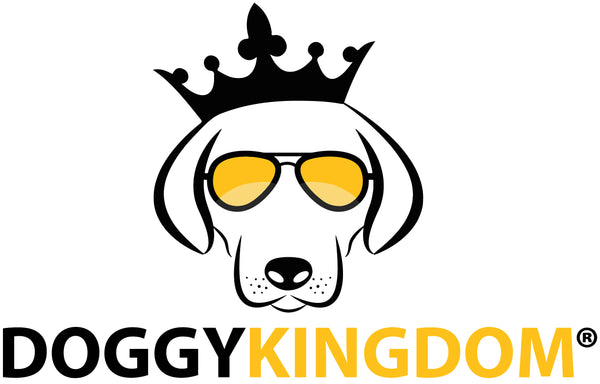Basic Dog Training Tips for New Dog Owners
Share
Welcoming a new dog into your home is an exciting and rewarding experience. However, it also comes with its share of challenges, especially regarding training.
Proper training is essential for your dog's well-being and a harmonious relationship between you and your furry friend.
Here are some basic training tips to help new dog owners get started on the right paw.
Start with Basic Dog Training

Begin with basic dog training commands like "sit," "stay," "come," and "down." These commands form the foundation of good behavior and can be lifesavers in critical situations.
Use positive reinforcement, such as treats and praise, to reward your dog when they follow a command correctly.
Keep training sessions short and fun, around 5-10 minutes each, to maintain your dog's interest and enthusiasm.
Consistency is Key
Dogs thrive on consistency when it comes to basic dog training tips. Use the same commands and reward systems every time to avoid confusing your pet.
Ensure all family members are on the same page regarding training rules and methods.
Consistent routines help your dog understand what is expected of them and reinforce good behavior.
Positive Reinforcement
Positive reinforcement is one of the most effective training methods. Reward your dog with treats, toys, or verbal praise whenever they exhibit the desired behavior.
This approach encourages your dog to repeat the behavior to earn rewards.
Avoid punishment-based training, as it can create fear and anxiety, leading to more behavioral issues.
Socialization
Socialization is crucial, especially for puppies. Expose your dog to different environments, people, and other animals to help them develop into well-adjusted adults. Arrange playdates, visit dog parks, and take walks in various settings.
Socialization reduces the likelihood of fear and aggression, making your dog more confident and friendly.
House Training
House training is often one of the first challenges new dog owners face. Establish a regular feeding and bathroom schedule to help your dog understand when and where they should relieve themselves.
Take your dog outside frequently, especially after meals, naps, and play sessions.
Reward them immediately after they eliminate outside to reinforce the behavior.
Crate Training
Crate training provides your dog with a safe and comfortable space of their own. It also aids in-house training and prevents destructive behavior when you’re not home. Introduce the crate gradually, making it a positive experience with treats and toys. Never use the crate as a punishment.
Leash Training

Leash training is essential for safe and enjoyable walks. Start in a quiet area with minimal distractions.
Allow your dog to get used to wearing the leash and collar before beginning actual training.
Use treats and praise to encourage your dog to walk beside you without pulling. Patience and practice are key to successful leash training.
Address Behavioral Issues Early
Address any behavioral issues early on to prevent them from becoming ingrained habits.
Common problems include jumping, barking, and chewing.
Identify the cause of the behavior and use positive reinforcement to correct it. If needed, seek advice from a professional dog trainer or behaviorist.
Be Patient and Positive
Training takes time, patience, and a positive attitude. Dogs sense your emotions, so stay calm and encouraging.
Celebrate small victories and progress, and don’t get discouraged by setbacks.
Every dog learns at their own pace, and with consistent effort, you’ll see improvement.
Bond with Your Dog
Building a strong bond with your dog is essential for successful training. Spend quality time together through play, exercise, and affection. A strong bond fosters trust and makes your dog more responsive to training.
Conclusion
Training your new dog is a journey that requires patience, consistency, and love. By starting with the basics and using positive reinforcement, you can guide your dog towards good behavior and a happy, healthy life.
Remember, the effort you put into training now will pay off in a well-behaved and cherished companion for years. Enjoy the process and cherish the moments of growth and connection with your new furry friend.



